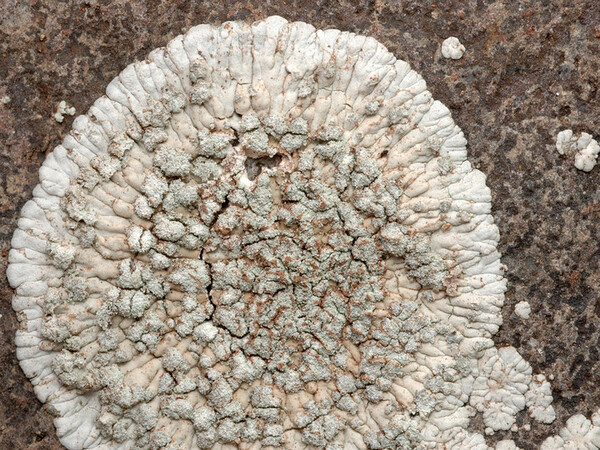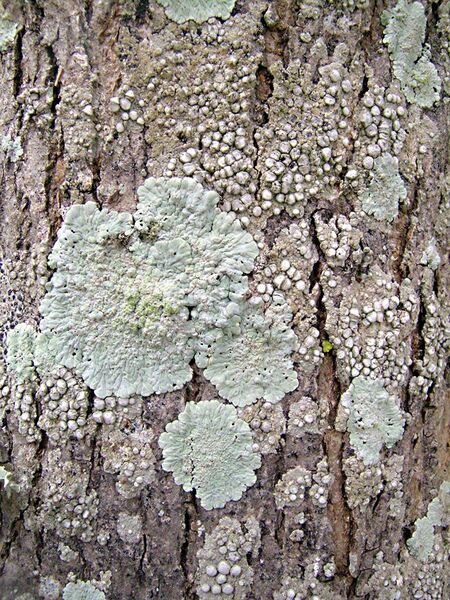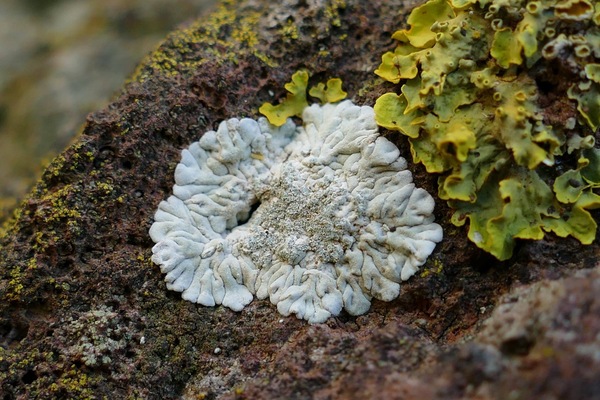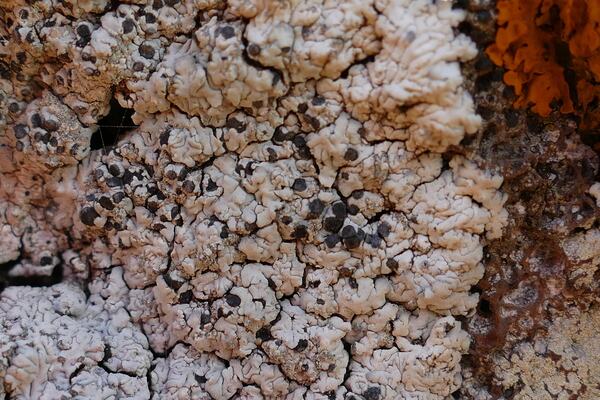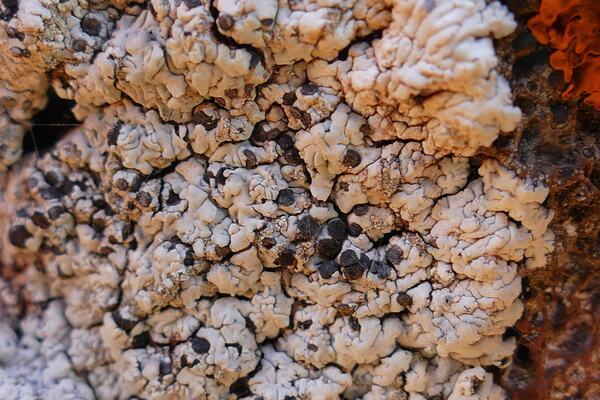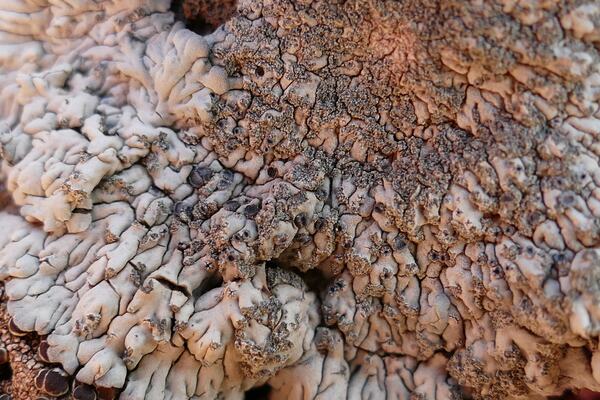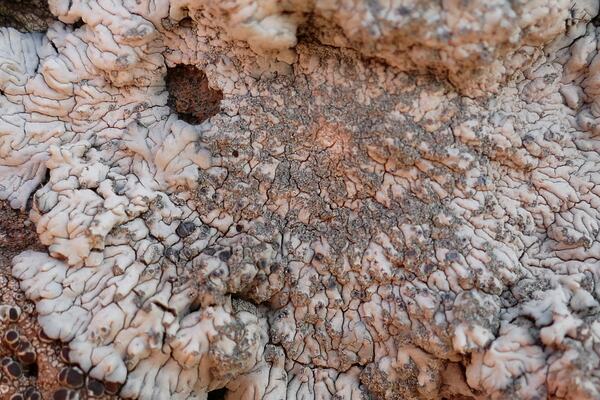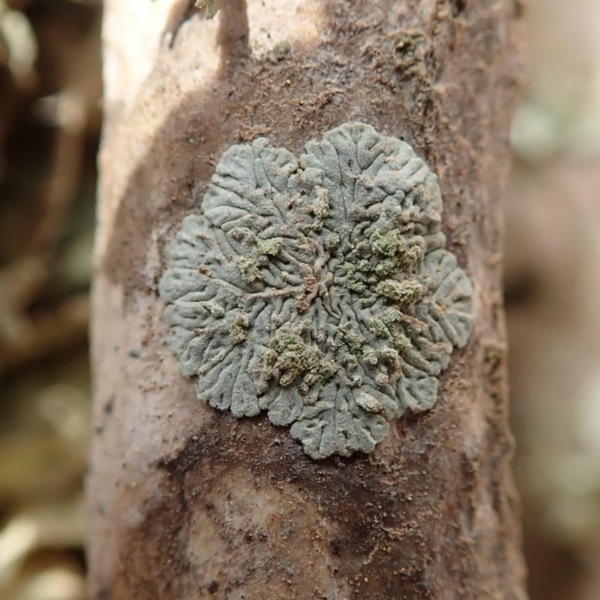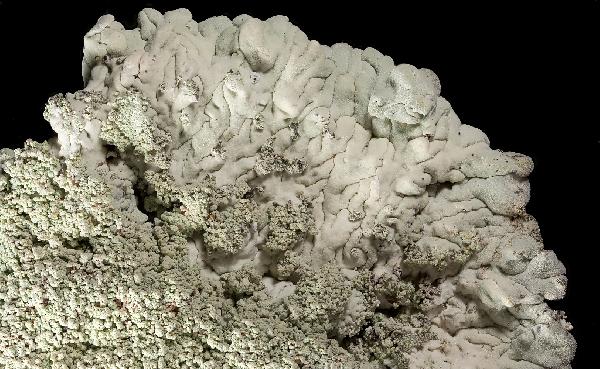Diploicia canescens (Dicks.) A. Massal.
Ric. Auton. Lich. Crost.: 86, 1852. Basionym: Lichen canescens Dicks. - Fasc. Pl. Cryptog. Brit., 1: 10, 1785.
Synonyms: Buellia canescens (Dicks.) De Not.; Catolechia canescens (Dicks.) Anzi; Lecidea canescens (Dicks.) Ach.; Placodium canescens (Dicks.) DC.
Distribution: N - VG, Ven, TAA (Dalla Torre & Sarnthein 1902), Lomb, Emil (Valcuvia & Grieco 1995, Bouvet 2008, Fariselli & al. 2020), Lig (Valcuvia & al. 2000). C - Tosc (Monaci & al. 1997, Pišút 1997, Loppi & al. 1997, 1998b, 2002, 2004c, Putortì & Loppi 1999, Bacci & al. 2000, Senese & Critelli 2000, Del Guasta 2001, Lorenzini & al. 2003, Frati & al. 2007, 2008, Pasquinelli & al. 2009, Benesperi & al. 2013, Fačkovcová & al. 2024, Brackel 2025), Marc (Nimis & Tretiach 1999, Frati & Brunialti 2006), Umb (Panfili 2000b, Ravera & al. 2006, Genovesi 2011), Laz (Bartoli & al. 1997, Massari & Ravera 2002, Ravera & al. 2003, Ruisi & al. 2005, Munzi & al. 2007, Ravera 2008b, Genovesi & al. 2011, Zucconi & al. 2013, Genovesi & Ravera 2014b, Brackel 2015), Abr (Nimis & Tretiach 1999, Brackel 2015), Mol (Garofalo & al. 1999, Nimis & Tretiach 1999, Caporale & al. 2008), Sar (Monte 1993, Zedda 1995, 2002, 2002b, Nöske 2000, Rizzi & al. 2011, Kodnik & al. 2011, Giordani & al. 2013, Cossu 2013, Neuwirth 2018, Brackel & Berger 2019, Di Nuzzo & al. 2022). S - Camp (Garofalo & al. 1999, 2010, Ricciardi & al. 2000, Aprile & al. 2003b, Nimis & Tretiach 2004, Catalano & al. 2012, 2016, Lich. Ital. Exs. 22: Isocrono & al. 2018), Pugl (Garofalo & al. 1999, Nimis & Tretiach 1999, Durini & Medagli 2002, 2004, Brackel 2011, Gianfreda & Matino 2020), Bas (Bartoli & Puntillo 1998, Nimis & Tretiach 1999, Potenza 2006, Potenza & al. 2010), Cal (Puntillo 1996), Si (Nimis & al. 1994, Ottonello & Salone 1994, Ottonello & al. 1994, 2011, Ottonello 1996, Ottonello & Romano 1997, Grillo 1998, Grillo & al. 2001, 2002, 2009, Grillo & Caniglia 2004, 2006, Caniglia & Grillo 2006b, Cataldo & Cannavò 2014, Cataldo & Minissale 2015, Puglisi & Cataldo 2019, Lich. Ital. Exs. 81: Isocrono & al. 2023).
Description: Thallus crustose-placodioid, glaucous grey but usually densely white-pruinose, forming 1-4(-6) cm wide, usually orbicular rosettes, sometimes several thalli merging and covering larger surfaces. Lobes radiating from the center, 0.5-1.2 mm wide, contiguous, slightly convex, rounded and often slightly broader and fan-shaped at ends, with laminal, at first orbicular soralia developing from small bulges, finally bursting and irregular; soredia finely granular, greenish white to grey; lower surface usually pale, attached by medullary hyphae. Upper cortex pseudoparenchymatous, formed by vertically arranged hyphae, filled with minute crystals forming chains in K; medulla usually white, lax. Apothecia rare, lecideine, black, up to 1 mm across, laminal. Proper exciple thin, dark brown to black; epithecium granular, brown-black, K-; hymenium colourless, I+ blue; paraphyses simple or forked, the apical cells swollen, with a dark cap; hypothecium brown or brown-black. Asci 8-spored, cylindrical-clavate, the apical dome K/I+ dark blue with a pale, conical-pointed apical cushion (axial mass), the wall I-, but the thin outer gel I+ blue, Bacidia-type. Ascospores 1-septate, grey green to brown, thick-walled, ellipsoid, 9-15 x 4-8 µm Dirinaria-type, with ontogeny of type B (apical inner wall-thickenings produced before septum formation). Pycnidia immersed, brown-black, the wall dark near the ostiole, otherwise colourless, the conidiogenous cells enteroblastic, pleurogenous, branched. Conidia hyaline, short-bacilliform, 5-8 µm x 0.7-1 µm. Photobiont chlorococcoid. Spot tests: cortex K+ yellow, C- or C+ pale pinkish yellow, KC+ brownish yellow or yellow-orange, P- or P+ yellow; medulla K-, C-, KC-, P-, UV+ dull orange. Chemistry: cortex with atranorin and often chloroatranorin, medulla with dechlorodiploicin (minor), isofulgidin (minor), dechloro-O-methyldiploicin (minor or trace), buellolide (minor), canesolide (minor or trace), and secalonic acids A, B and C (minor or trace).Note: a rather western and southern lichen in Europe, found on a wide variety of substrata including base-rich or -enriched bark, calciferous sandstone, and limestone, sometimes also found under overhangs of calcareous rocks protected from rain; rare in Northern Italy and along the eastern side of the Peninsula. All records from Piemonte (see Nimis 1993: 277) and Valle d'Aosta (see Piervittori & Isocrono 1999: 119), being dubious, are not accepted here. See also note on D. subcanescens.
Growth form: Crustose placodiomorph
Substrata: bark and rocks
Photobiont: green algae other than Trentepohlia
Reproductive strategy: mainly asexual, by soredia, or soredia-like structures (e.g. blastidia)
Most common in areas with a humid-warm climate (e.g. most of Tyrrenian Italy)
In underhangs rarely wetted by rain
Commonnes-rarity: (info)
Alpine belt: absent
Subalpine belt: absent
Oromediterranean belt: absent
Montane belt: absent
Submediterranean belt: extremely rare
Padanian area: absent
Humid submediterranean belt: rather common
Humid mediterranean belt: common
Dry mediterranean belt: extremely rare
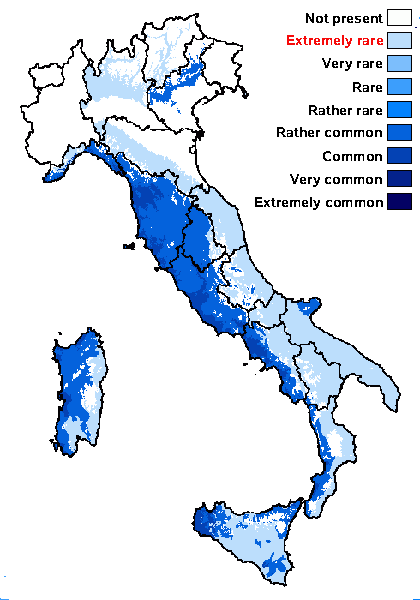
Predictive model
Herbarium samples


Andrea Moro; Owner: Department of Life Sciences, University of Trieste
Italy, Friuli Venezia Giulia, Trieste, Trieste, Conconello
14/02/2017
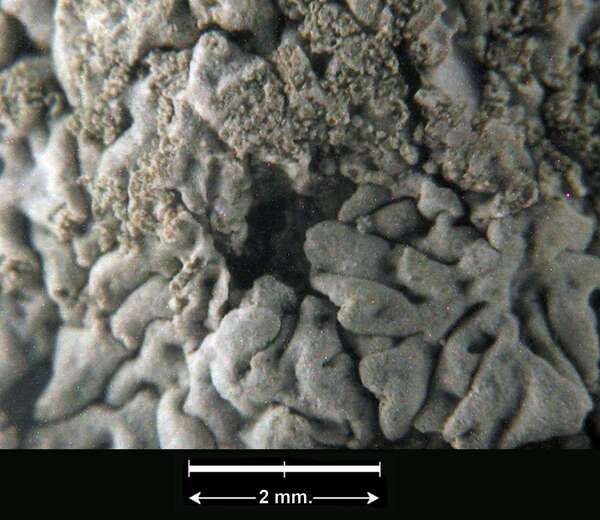

G. Incerti; Owner: Department of Life Sciences, University of Trieste
Herbarium: TSB (31403)
2001/11/26
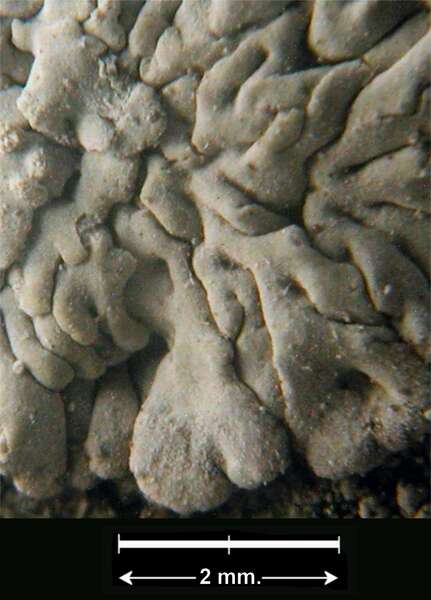

G. Incerti; Owner: Department of Life Sciences, University of Trieste
Herbarium: TSB (31403)
2001/11/26


P.L. Nimis; Owner: Department of Life Sciences, University of Trieste
Herbarium: TSB (14683)
2001/11/23
detail of soredia
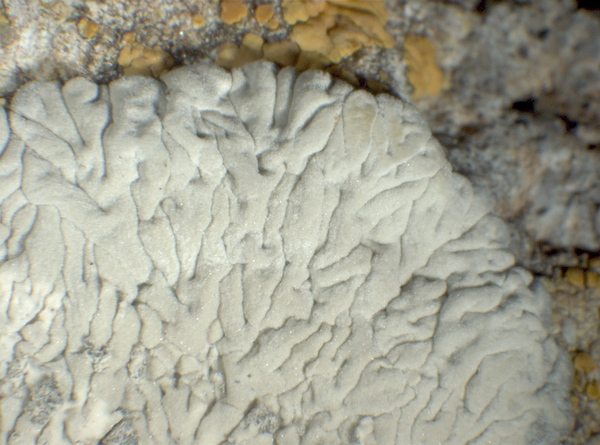

P.L.Nimis; Owner: Department of Life Sciences, University of Trieste
Herbarium: TSB (38226)
2008.02.25
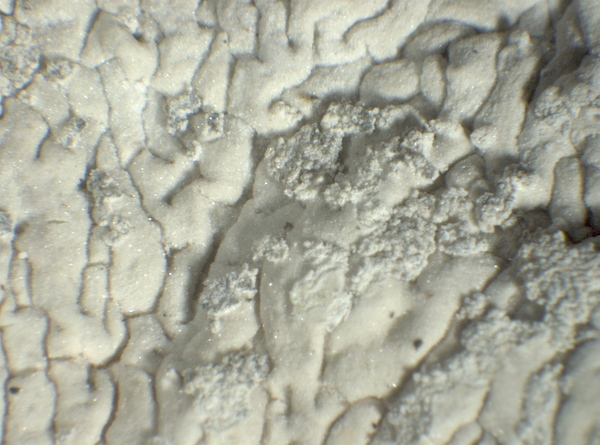

P.L.Nimis; Owner: Department of Life Sciences, University of Trieste
Herbarium: TSB (38226)
2008.02.25
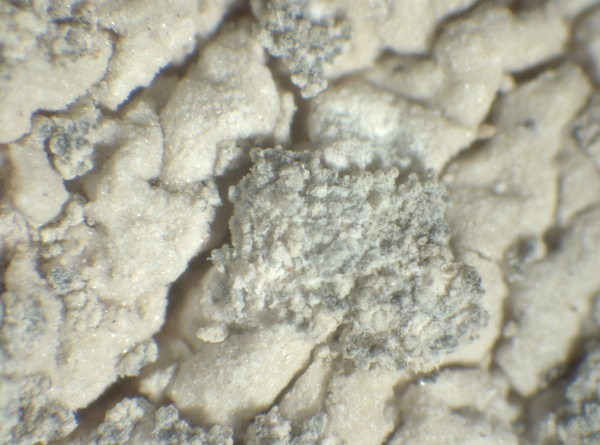

P.L.Nimis; Owner: Department of Life Sciences, University of Trieste
Herbarium: TSB (38226)
2008.02.25


A. Moro; Owner: Department of Life Sciences, University of Trieste
Sicilia, TP, Erice, dintorni della città
2008.04.05
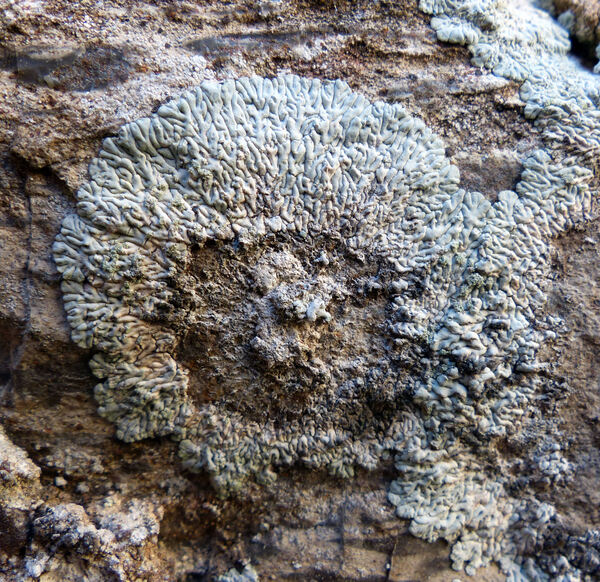

Andrea Moro; Owner: Department of Life Sciences, University of Trieste
Italy, Sicily, Trapani, Erice, Historical Center
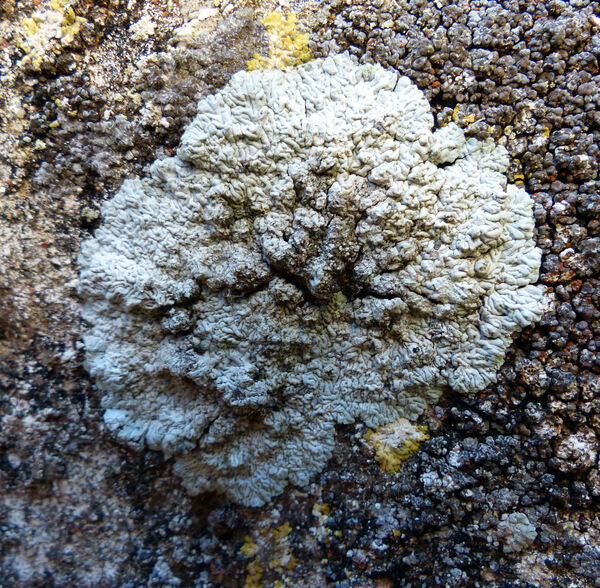

Andrea Moro; Owner: Department of Life Sciences, University of Trieste
Italy, Sicily, Trapani, Erice, Historical Center


Andrea Moro; Owner: Department of Life Sciences, University of Trieste
Italy, Sicily, Trapani, Erice, Historical Center
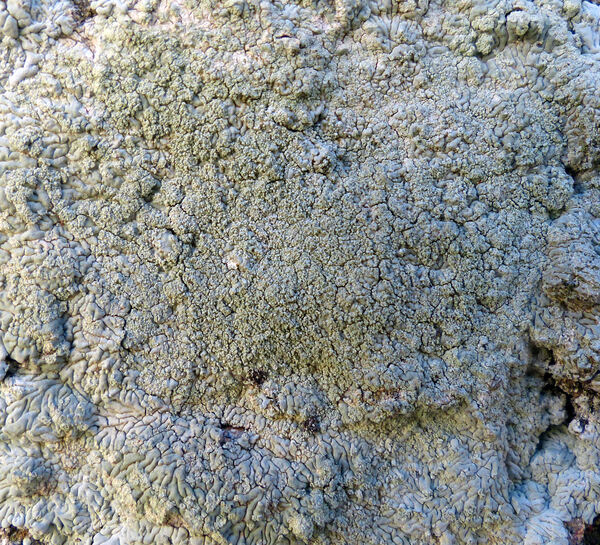

Andrea Moro; Owner: Department of Life Sciences, University of Trieste
Italy, Sicily, Trapani, Erice, Historical Center


Andrea Moro; Owner: Department of Life Sciences, University of Trieste
italy, Friuli Venezia Giulia, Trieste, Trieste Karst near Borgo Grotta Gigante
16/02/2017
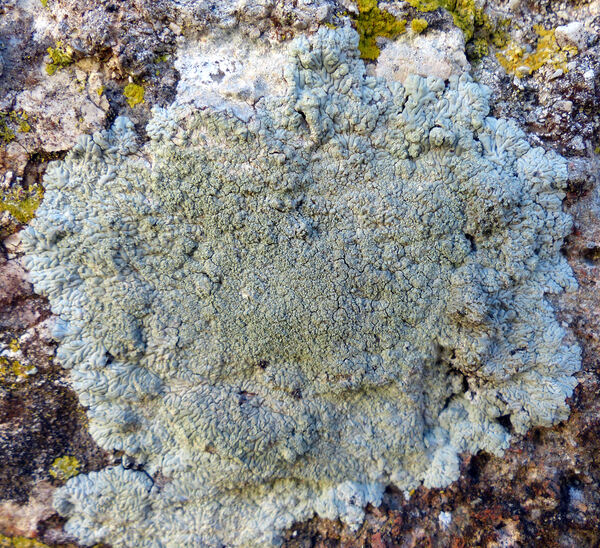

Andrea Moro; Owner: Department of Life Sciences, University of Trieste
Italy, Sicily, Trapani, Erice, Historical Center
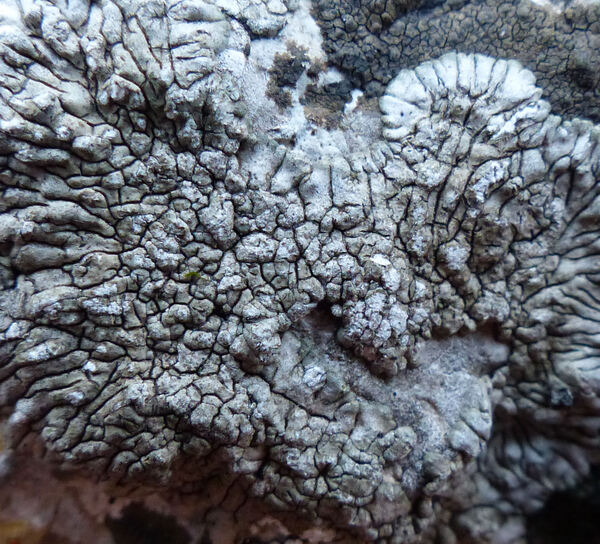

Andrea Moro; Owner: Department of Life Sciences, University of Trieste
italy, Friuli Venezia Giulia, Trieste, Trieste Karst near Borgo Grotta Gigante
16/02/2017
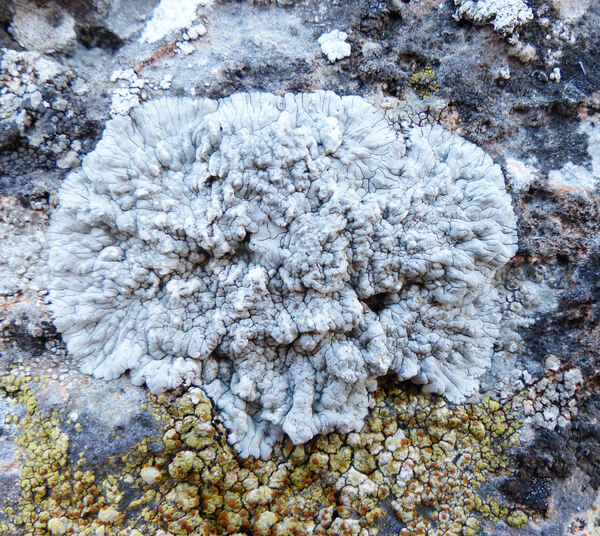

Andrea Moro; Owner: Department of Life Sciences, University of Triedte
Italy, Friuli Venezia Giulia, Trieste, Trieste Karst, Rocca di Monrupino
20/02/2017
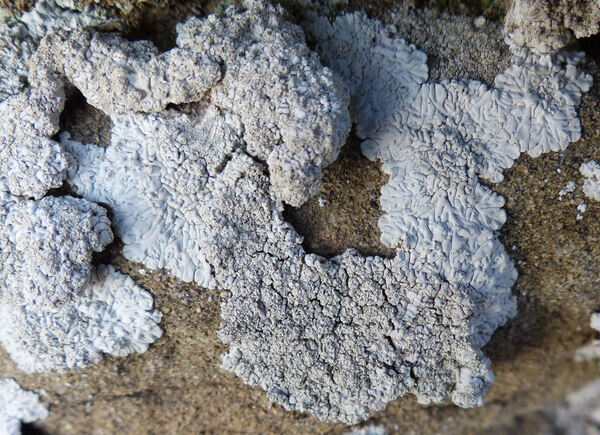

Andrea Moro; Owner: Department of Life Sciences, University of Trieste
Italy, Friuli Venezia Giulia, Trieste, Trieste, Conconello
14/02/2017
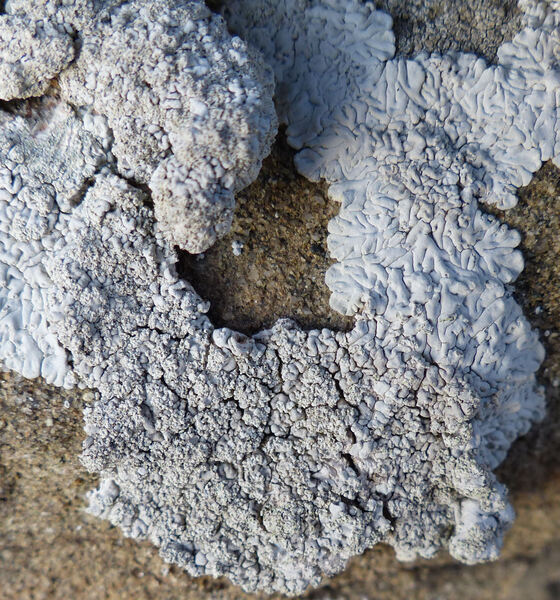

Andrea Moro; Owner: Department of Life Sciences, University of Trieste
Italy, Friuli Venezia Giulia, Trieste, Trieste, Conconello
14/02/2017
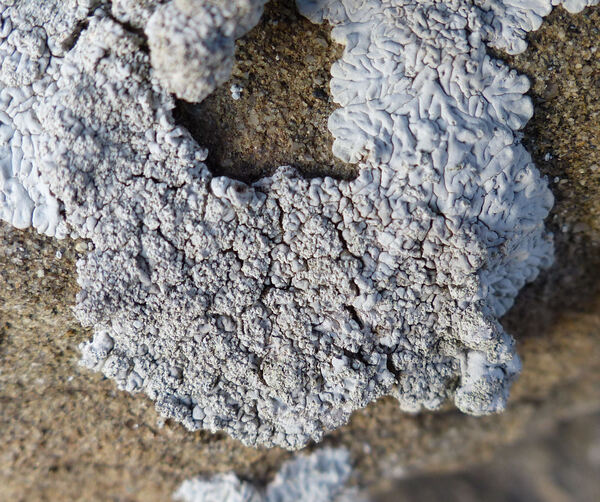

Andrea Moro; Owner: Department of Life Sciences, University of Trieste
Italy, Friuli Venezia Giulia, Trieste, Trieste, Conconello
14/02/2017
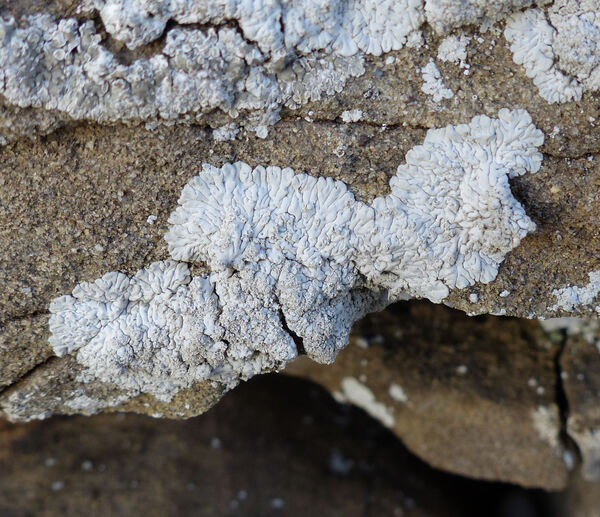

Andrea Moro; Owner: Department of Life Sciences, University of Trieste
Italy, Friuli Venezia Giulia, Trieste, Trieste, Conconello
14/02/2017
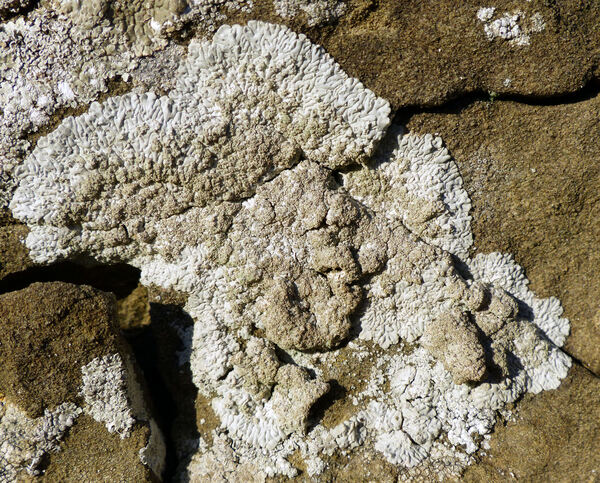

Andrea Moro; Owner: Department of Life Sciences, University of Trieste
Italy, Friuli Venezia Giulia, Trieste, Trieste, Conconello
14/02/2017
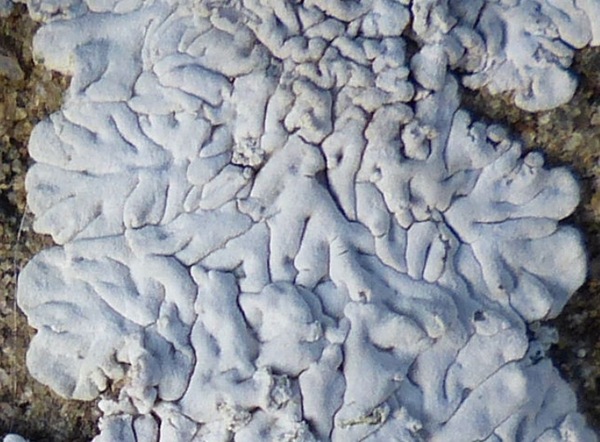

Andrea Moro; Owner: Department of Life Sciences, University of Trieste
Italy, Friuli Venezia Giulia, Trieste, Trieste, Conconello
14/02/2017
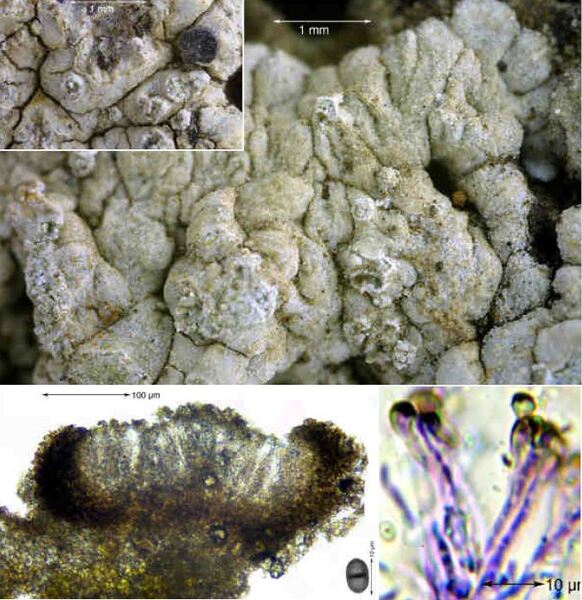

Felix Schumm – CC BY-SA 4.0
Image from: F. Schumm (2008) - Flechten Madeiras, der Kanaren und Azoren. Beck, OHG - ISBN: 978-3-00-023700-3


Felix Schumm – CC BY-SA 4.0
[16352], Mallorca (Süd): Nationalpark; 39,34322° N, 3,16764° E, 40 m. Leg. Schumm, Frahm & Lüth 12.03.2010, det. Schumm 2010.
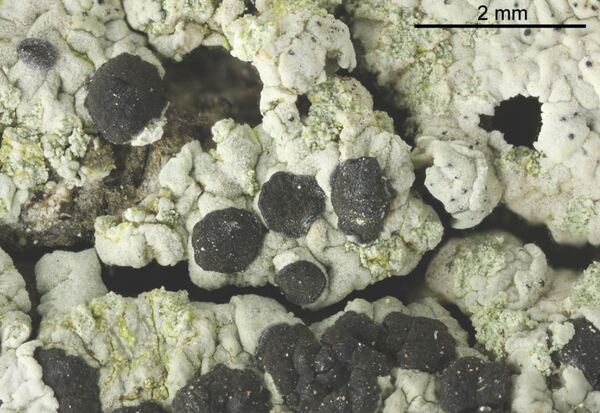

Felix Schumm – CC BY-SA 4.0
[16352], Mallorca (Süd): Nationalpark; 39,34322° N, 3,16764° E, 40 m. Leg. Schumm, Frahm & Lüth 12.03.2010, det. Schumm 2010.


Felix Schumm – CC BY-SA 4.0
[16352], Mallorca (Süd): Nationalpark; 39,34322° N, 3,16764° E, 40 m. Leg. Schumm, Frahm & Lüth 12.03.2010, det. Schumm 2010.
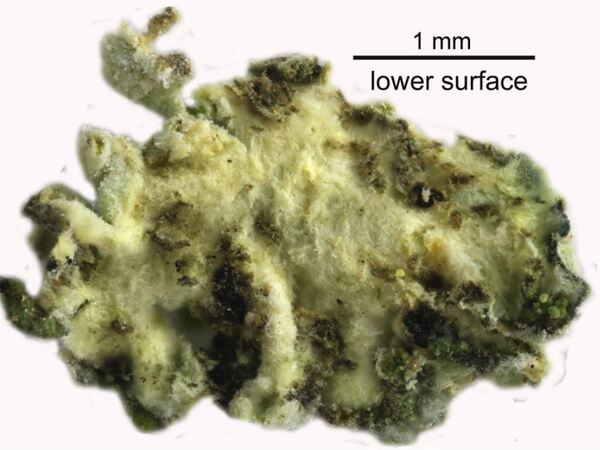

Felix Schumm – CC BY-SA 4.0
[16352], Mallorca (Süd): Nationalpark; 39,34322° N, 3,16764° E, 40 m. Leg. Schumm, Frahm & Lüth 12.03.2010, det. Schumm 2010.
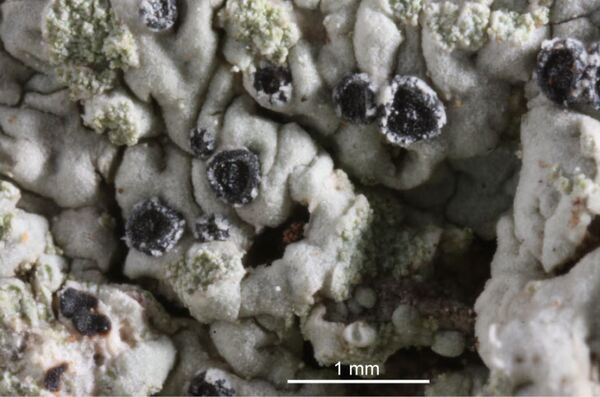

Felix Schumm – CC BY-SA 4.0
[16352], Mallorca (Süd): Nationalpark; 39,34322° N, 3,16764° E, 40 m. Leg. Schumm, Frahm & Lüth 12.03.2010, det. Schumm 2010.


Felix Schumm – CC BY-SA 4.0
[16352], Mallorca (Süd): Nationalpark; 39,34322° N, 3,16764° E, 40 m. Leg. Schumm, Frahm & Lüth 12.03.2010, det. Schumm 2010.
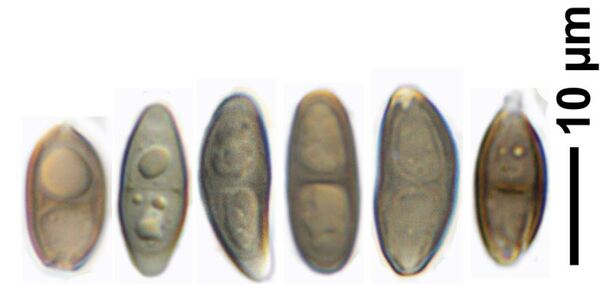

Felix Schumm – CC BY-SA 4.0
[16352], Mallorca (Süd): Nationalpark; 39,34322° N, 3,16764° E, 40 m. Leg. Schumm, Frahm & Lüth 12.03.2010, det. Schumm 2010.
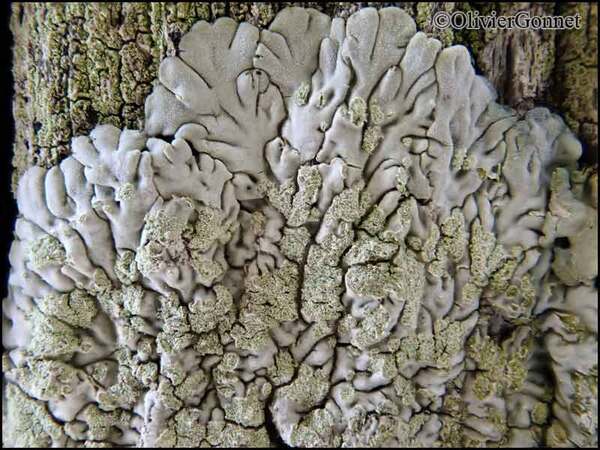
Courtesy Danièle et Olivier Gonnet - Source: https://www.afl-lichenologie.fr/Photos_AFL/Photos_AFL_D/Diploicia_canescens.htm
France, Sur piquet en châtaignier - Ajaccio - Corse
5/12/2014
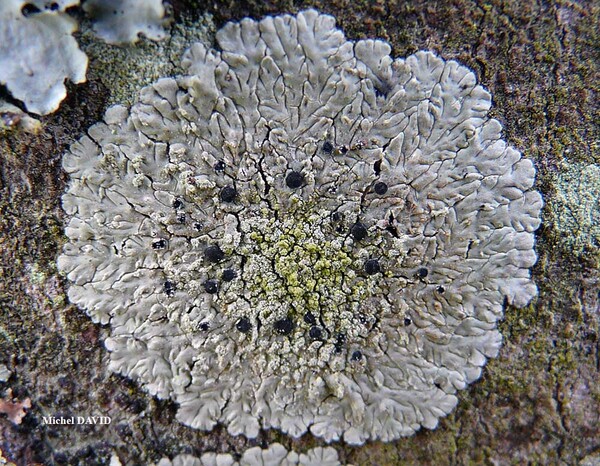
Michel David - Source: http://www.lichensmaritimes.org/index.php?task=fiche&lichen=65&lang=en
France, Crozon
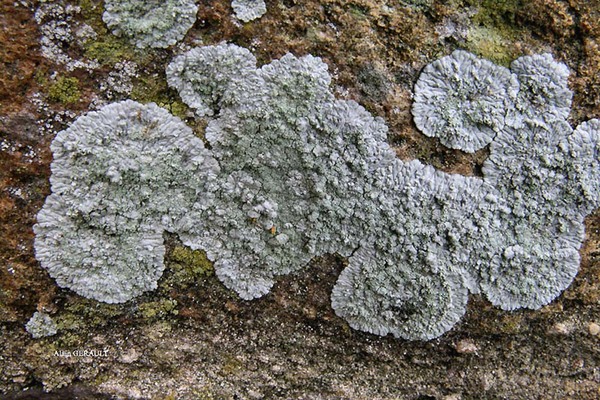
Alain Gerault - Source: http://www.lichensmaritimes.org/index.php?task=fiche&lichen=65&lang=en
France, Camfrout

Alain Gerault - Source: http://www.lichensmaritimes.org/index.php?task=fiche&lichen=65&lang=en
France, Camfrout
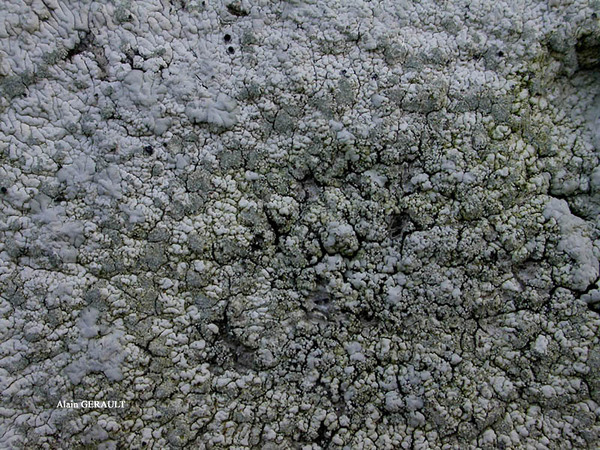
Alain Gerault - Source: http://www.lichensmaritimes.org/index.php?task=fiche&lichen=65&lang=en
France, Camfrout
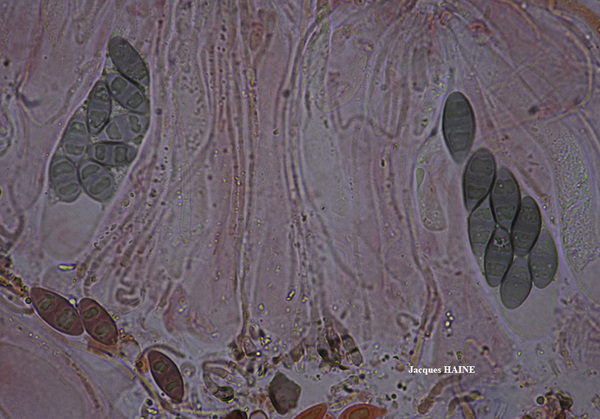
Jacques Haine - Source: http://www.lichensmaritimes.org/index.php?task=fiche&lichen=65&lang=en
France, St. Brieuc
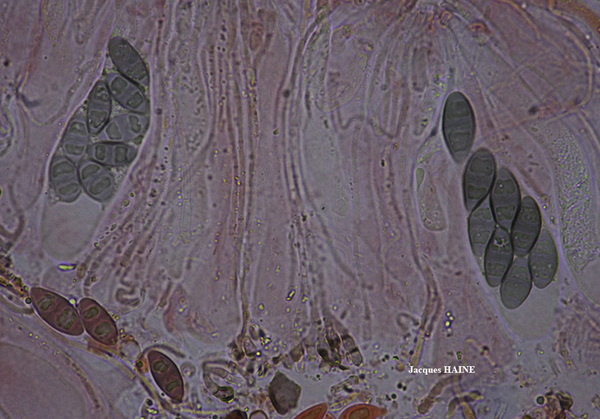
Jacques Haine - Source: http://www.lichensmaritimes.org/index.php?task=fiche&lichen=65&lang=en
France, St. Brieuc
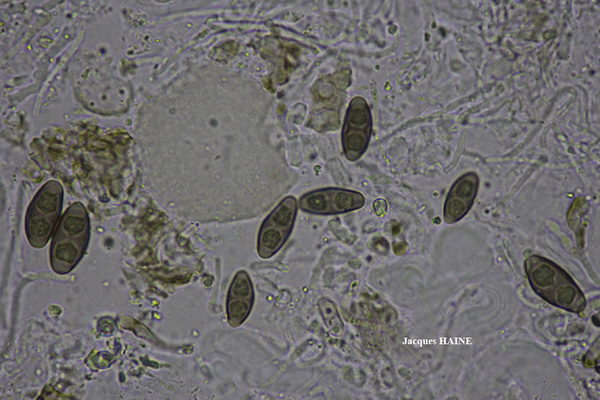
Jacques Haine - Source: http://www.lichensmaritimes.org/index.php?task=fiche&lichen=65&lang=en
France, St. Brieuc
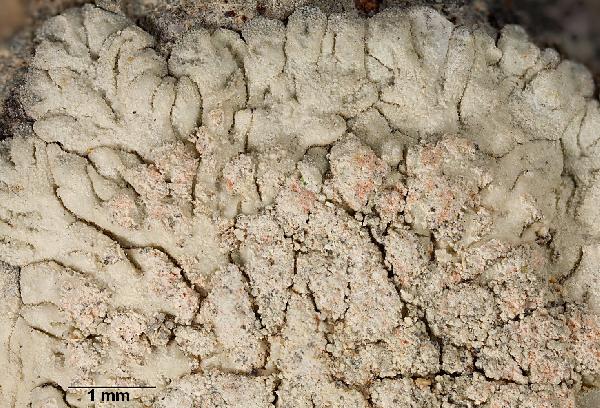
Ulrich Kirschbaum CC BY-SA 4.0 - Source: https://www.thm.de/lse/ulrich-kirschbaum/flechtenbilder
On volcanic rocks. Canary Islands; La Gomera-NW; nnw of Vallehermoso; n of the Ermita de Coromoto; surroundings of Chijere.
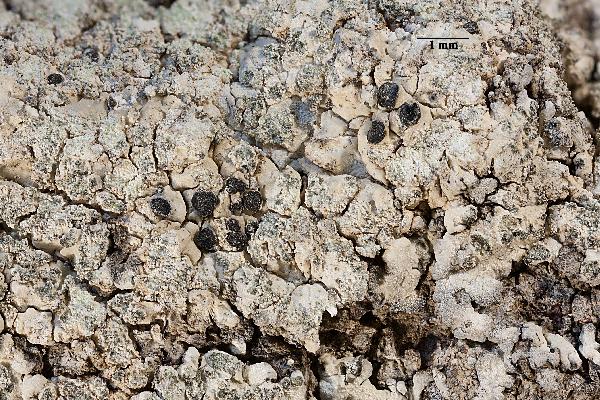
Ulrich Kirschbaum CC BY-SA 4.0 - Source: https://www.thm.de/lse/ulrich-kirschbaum/flechtenbilder
On volcanic rocks. Canary Islands; La Gomera-NW; nnw of Vallehermoso; n of the Ermita de Coromoto; surroundings of Chijere.
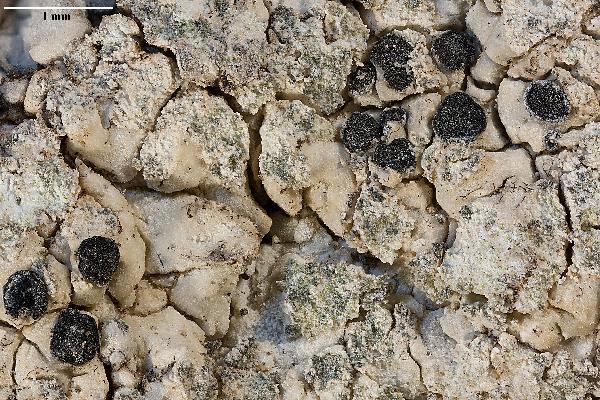
Ulrich Kirschbaum CC BY-SA 4.0 - Source: https://www.thm.de/lse/ulrich-kirschbaum/flechtenbilder
On volcanic rocks. Canary Islands; La Gomera-NW; nnw of Vallehermoso; n of the Ermita de Coromoto; surroundings of Chijere.
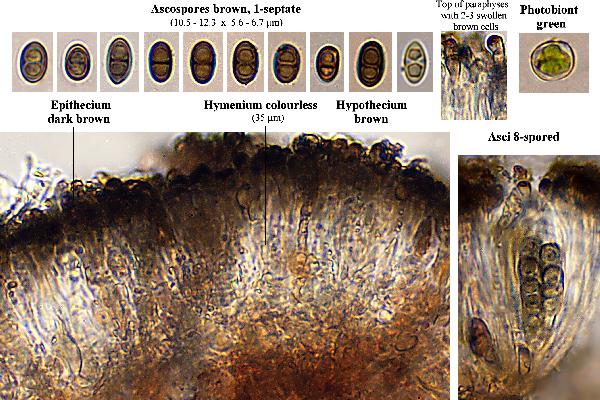
Ulrich Kirschbaum CC BY-SA 4.0 - Source: https://www.thm.de/lse/ulrich-kirschbaum/flechtenbilder
On volcanic rocks. Canary Islands; La Gomera-NW; nnw of Vallehermoso; n of the Ermita de Coromoto; surroundings of Chijere.
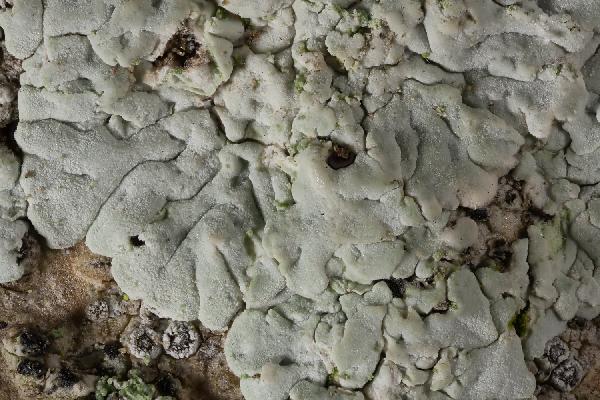
Ulrich Kirschbaum CC BY-SA 4.0 - Source: https://www.thm.de/lse/ulrich-kirschbaum/flechtenbilder
Spain. (Collected by M. Schessl).
Growth form: Crustose placodiomorph
Substrata: bark and rocks
Photobiont: green algae other than Trentepohlia
Reproductive strategy: mainly asexual, by soredia, or soredia-like structures (e.g. blastidia)
Most common in areas with a humid-warm climate (e.g. most of Tyrrenian Italy)
In underhangs rarely wetted by rain
Commonnes-rarity: (info)
Alpine belt: absent
Subalpine belt: absent
Oromediterranean belt: absent
Montane belt: absent
Submediterranean belt: extremely rare
Padanian area: absent
Humid submediterranean belt: rather common
Humid mediterranean belt: common
Dry mediterranean belt: extremely rare

Predictive model
| Herbarium samples |


Andrea Moro; Owner: Department of Life Sciences, University of Trieste
Italy, Friuli Venezia Giulia, Trieste, Trieste, Conconello
14/02/2017


G. Incerti; Owner: Department of Life Sciences, University of Trieste
Herbarium: TSB (31403)
2001/11/26


G. Incerti; Owner: Department of Life Sciences, University of Trieste
Herbarium: TSB (31403)
2001/11/26


P.L. Nimis; Owner: Department of Life Sciences, University of Trieste
Herbarium: TSB (14683)
2001/11/23
detail of soredia


P.L.Nimis; Owner: Department of Life Sciences, University of Trieste
Herbarium: TSB (38226)
2008.02.25


P.L.Nimis; Owner: Department of Life Sciences, University of Trieste
Herbarium: TSB (38226)
2008.02.25


P.L.Nimis; Owner: Department of Life Sciences, University of Trieste
Herbarium: TSB (38226)
2008.02.25


A. Moro; Owner: Department of Life Sciences, University of Trieste
Sicilia, TP, Erice, dintorni della città
2008.04.05


Andrea Moro; Owner: Department of Life Sciences, University of Trieste
Italy, Sicily, Trapani, Erice, Historical Center


Andrea Moro; Owner: Department of Life Sciences, University of Trieste
Italy, Sicily, Trapani, Erice, Historical Center


Andrea Moro; Owner: Department of Life Sciences, University of Trieste
Italy, Sicily, Trapani, Erice, Historical Center


Andrea Moro; Owner: Department of Life Sciences, University of Trieste
Italy, Sicily, Trapani, Erice, Historical Center


Andrea Moro; Owner: Department of Life Sciences, University of Trieste
italy, Friuli Venezia Giulia, Trieste, Trieste Karst near Borgo Grotta Gigante
16/02/2017


Andrea Moro; Owner: Department of Life Sciences, University of Trieste
Italy, Sicily, Trapani, Erice, Historical Center


Andrea Moro; Owner: Department of Life Sciences, University of Trieste
italy, Friuli Venezia Giulia, Trieste, Trieste Karst near Borgo Grotta Gigante
16/02/2017


Andrea Moro; Owner: Department of Life Sciences, University of Triedte
Italy, Friuli Venezia Giulia, Trieste, Trieste Karst, Rocca di Monrupino
20/02/2017


Andrea Moro; Owner: Department of Life Sciences, University of Trieste
Italy, Friuli Venezia Giulia, Trieste, Trieste, Conconello
14/02/2017


Andrea Moro; Owner: Department of Life Sciences, University of Trieste
Italy, Friuli Venezia Giulia, Trieste, Trieste, Conconello
14/02/2017


Andrea Moro; Owner: Department of Life Sciences, University of Trieste
Italy, Friuli Venezia Giulia, Trieste, Trieste, Conconello
14/02/2017


Andrea Moro; Owner: Department of Life Sciences, University of Trieste
Italy, Friuli Venezia Giulia, Trieste, Trieste, Conconello
14/02/2017


Andrea Moro; Owner: Department of Life Sciences, University of Trieste
Italy, Friuli Venezia Giulia, Trieste, Trieste, Conconello
14/02/2017


Andrea Moro; Owner: Department of Life Sciences, University of Trieste
Italy, Friuli Venezia Giulia, Trieste, Trieste, Conconello
14/02/2017


Felix Schumm – CC BY-SA 4.0
Image from: F. Schumm (2008) - Flechten Madeiras, der Kanaren und Azoren. Beck, OHG - ISBN: 978-3-00-023700-3


Felix Schumm – CC BY-SA 4.0
[16352], Mallorca (Süd): Nationalpark; 39,34322° N, 3,16764° E, 40 m. Leg. Schumm, Frahm & Lüth 12.03.2010, det. Schumm 2010.


Felix Schumm – CC BY-SA 4.0
[16352], Mallorca (Süd): Nationalpark; 39,34322° N, 3,16764° E, 40 m. Leg. Schumm, Frahm & Lüth 12.03.2010, det. Schumm 2010.


Felix Schumm – CC BY-SA 4.0
[16352], Mallorca (Süd): Nationalpark; 39,34322° N, 3,16764° E, 40 m. Leg. Schumm, Frahm & Lüth 12.03.2010, det. Schumm 2010.


Felix Schumm – CC BY-SA 4.0
[16352], Mallorca (Süd): Nationalpark; 39,34322° N, 3,16764° E, 40 m. Leg. Schumm, Frahm & Lüth 12.03.2010, det. Schumm 2010.


Felix Schumm – CC BY-SA 4.0
[16352], Mallorca (Süd): Nationalpark; 39,34322° N, 3,16764° E, 40 m. Leg. Schumm, Frahm & Lüth 12.03.2010, det. Schumm 2010.


Felix Schumm – CC BY-SA 4.0
[16352], Mallorca (Süd): Nationalpark; 39,34322° N, 3,16764° E, 40 m. Leg. Schumm, Frahm & Lüth 12.03.2010, det. Schumm 2010.


Felix Schumm – CC BY-SA 4.0
[16352], Mallorca (Süd): Nationalpark; 39,34322° N, 3,16764° E, 40 m. Leg. Schumm, Frahm & Lüth 12.03.2010, det. Schumm 2010.

Courtesy Danièle et Olivier Gonnet - Source: https://www.afl-lichenologie.fr/Photos_AFL/Photos_AFL_D/Diploicia_canescens.htm
France, Sur piquet en châtaignier - Ajaccio - Corse
5/12/2014

Michel David - Source: http://www.lichensmaritimes.org/index.php?task=fiche&lichen=65&lang=en
France, Crozon

Alain Gerault - Source: http://www.lichensmaritimes.org/index.php?task=fiche&lichen=65&lang=en
France, Camfrout

Alain Gerault - Source: http://www.lichensmaritimes.org/index.php?task=fiche&lichen=65&lang=en
France, Camfrout

Alain Gerault - Source: http://www.lichensmaritimes.org/index.php?task=fiche&lichen=65&lang=en
France, Camfrout

Jacques Haine - Source: http://www.lichensmaritimes.org/index.php?task=fiche&lichen=65&lang=en
France, St. Brieuc

Jacques Haine - Source: http://www.lichensmaritimes.org/index.php?task=fiche&lichen=65&lang=en
France, St. Brieuc

Jacques Haine - Source: http://www.lichensmaritimes.org/index.php?task=fiche&lichen=65&lang=en
France, St. Brieuc

Ulrich Kirschbaum CC BY-SA 4.0 - Source: https://www.thm.de/lse/ulrich-kirschbaum/flechtenbilder
On volcanic rocks. Canary Islands; La Gomera-NW; nnw of Vallehermoso; n of the Ermita de Coromoto; surroundings of Chijere.

Ulrich Kirschbaum CC BY-SA 4.0 - Source: https://www.thm.de/lse/ulrich-kirschbaum/flechtenbilder
On volcanic rocks. Canary Islands; La Gomera-NW; nnw of Vallehermoso; n of the Ermita de Coromoto; surroundings of Chijere.

Ulrich Kirschbaum CC BY-SA 4.0 - Source: https://www.thm.de/lse/ulrich-kirschbaum/flechtenbilder
On volcanic rocks. Canary Islands; La Gomera-NW; nnw of Vallehermoso; n of the Ermita de Coromoto; surroundings of Chijere.

Ulrich Kirschbaum CC BY-SA 4.0 - Source: https://www.thm.de/lse/ulrich-kirschbaum/flechtenbilder
On volcanic rocks. Canary Islands; La Gomera-NW; nnw of Vallehermoso; n of the Ermita de Coromoto; surroundings of Chijere.

 INDEX FUNGORUM
INDEX FUNGORUM
 GBIF
GBIF
 DOLICHENS
DOLICHENS
